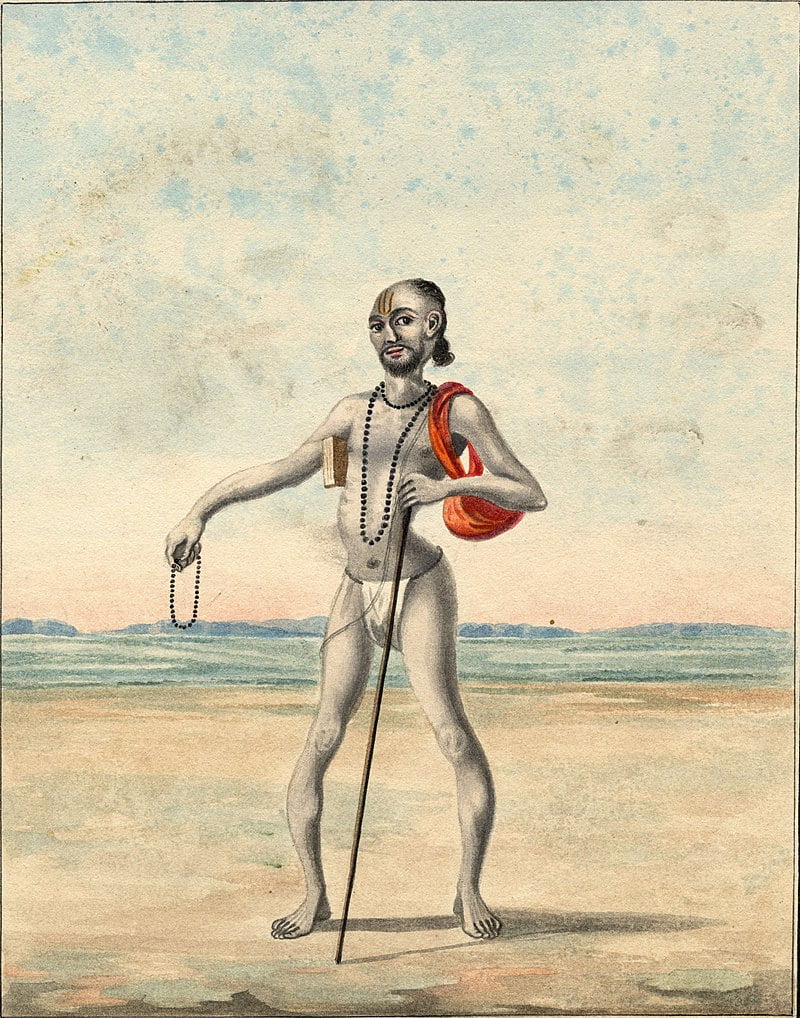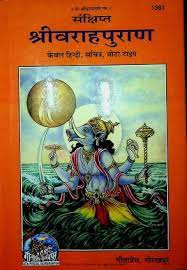Author: Unknown
About Sage Ashtavakra:
Sage Ashtavakra is a highly revered figure in Hindu mythology and philosophy, known for his profound wisdom and the composition of the Ashtavakra Gita, a seminal text in the Advaita Vedanta tradition. Despite his physical deformities, which are reflected in his name (“Ashta” meaning eight and “Vakra” meaning bent or crooked), Ashtavakra is celebrated for his spiritual insights and teachings on non-dualism.
Life and Background
Birth and Early Life:
- According to legend, Ashtavakra was born with eight deformities due to a curse. His father, the sage Kahoda, cursed him while he was still in his mother’s womb, as the unborn Ashtavakra had corrected his father’s recitation of the Vedas. This curse caused his body to be bent in eight places.
Education and Enlightenment:
- Despite his physical challenges, Ashtavakra was exceptionally intelligent and spiritually inclined from a young age. His mother, Sujata, ensured that he received a thorough education in the Vedas and other scriptures. Ashtavakra’s quest for knowledge and wisdom led him to his father’s guru, the sage Uddalaka, and later to King Janaka’s court.
Key Episodes and Teachings
Ashtavakra’s Debate:
- One of the most famous episodes in Ashtavakra’s life is his debate with the learned scholars at King Janaka’s court. Ashtavakra, despite his youth and deformities, defeated the scholars with his profound understanding of the scriptures and his exceptional wisdom. This event demonstrated that true knowledge and wisdom transcend physical appearance and age.
Ashtavakra Gita:
- The Ashtavakra Gita, attributed to Sage Ashtavakra, is a dialogue between him and King Janaka. This text is a cornerstone of Advaita Vedanta (non-dualism) and offers deep insights into the nature of reality, the self, and ultimate liberation. It emphasizes the oneness of the individual self (Atman) with the ultimate reality (Brahman) and teaches that the perception of duality is an illusion (Maya).
Influence and Legacy
Philosophical Impact:
- Sage Ashtavakra’s teachings have had a profound impact on the Advaita Vedanta tradition and Hindu philosophy in general. His emphasis on non-dualism and the nature of the self has influenced numerous spiritual teachers and practitioners.
Spiritual Inspiration:
- Ashtavakra’s life and teachings continue to inspire those on the path of self-realization and spiritual enlightenment. His story demonstrates that true wisdom and spiritual insight are not hindered by physical limitations.
Modern Relevance:
- The teachings of the Ashtavakra Gita remain relevant to contemporary spiritual seekers. Its direct and uncompromising approach to non-dualism offers a clear path to understanding the nature of the self and achieving inner peace.
Conclusion
Sage Ashtavakra is a revered sage whose life and teachings have left an indelible mark on Hindu philosophy and spirituality. Despite his physical deformities, his profound wisdom and understanding of Advaita Vedanta have inspired countless seekers. The Ashtavakra Gita stands as a testament to his teachings, offering deep insights into the nature of reality and the path to liberation. Ashtavakra’s legacy endures, reflecting the timeless power of his spiritual insights and his unwavering commitment to the truth.






